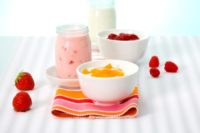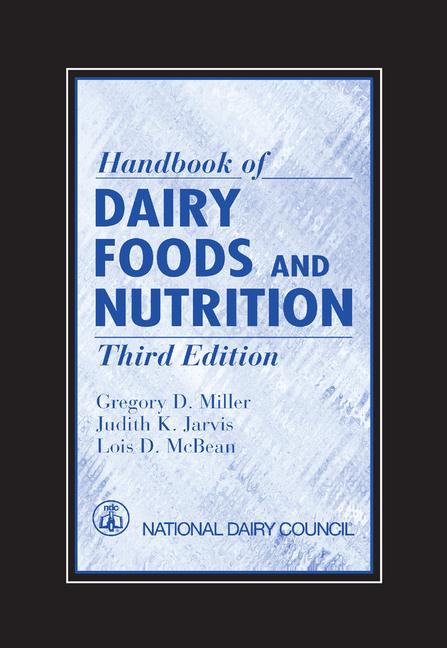 5. Challenges to milk consumption continue due to a litany of complex concerns
5. Challenges to milk consumption continue due to a litany of complex concerns
There are many alternative beverages that people are choosing over milk, including water, juice, sports drinks and alternative milk beverages such as soy, almond and rice beverages. Many complex factors such as economics; nutrition; and concerns about weight management, the environment and animal welfare affect consumer choices. In addition, some consumers are seeking organic; low cholesterol; lactose-, additive-, hormone- and antibiotic-free options because of perceived health benefits. Some are simply looking to minimize use of animal products and are instead leaning toward more plant-based diets.
The nutritional attributes and health benefits of milk continue to be a powerful strategy, as alternative beverages do not provide the same package of nutrients as milk. Higher dairy intakes are consistently associated with higher intakes of protein, calcium, vitamins A and D, potassium, phosphorus, magnesium and other nutrients … and with lower risk of many chronic diseases. Alternative milk beverages are often fortified with these nutrients but not always in the same levels, ratios and forms that are as easily absorbed by the body; protein is a good example. Dairy Council of California resources aim at educating consumers about the differences between true milk products and the alternatives, plus the possible long-term unintended consequences of consuming the latter.
Packaging milk in convenient, appealing containers, developing niche products such as protein-enhanced milk and general innovation to “reinvent” milk products will also help the dairy industry maintain and/or grow its market share.
6. Focus on sustainability expands
Sustainability is now a widespread concern, broadening to include food manufacturers, food service personnel and consumers. Leaders in the sustainability dialogue are recognizing that sustainable diets must consider both the environmental costs and nutritional contributions of a food—which is a shift from a few years ago when carbon footprint was all that mattered. Emerging research involves modeling studies that account for both factors and suggest a more comprehensive approach to sustainable diets.
Studies on greenhouse gas emissions (GHGE) show that meat and dairy production contributes less than originally thought. The U.S. dairy industry is committed to reducing GHGE another 25 percent by 2020. In addition, it is being recognized that while eating a diet based on fruit and vegetables doesn't produce as much GHGE as raising cattle or livestock, people who eat a primarily plant-based diet make up for that by eating more of those foods. Dairy Council of California has efforts underway to educate audiences on the “20,000 foot perspective” of sustainability.
New data show that up to one-half of the world’s food is wasted due to inefficiencies at various stages of “farm-to-fork”—harvesting, storage, transportation, marketing, retail/restaurant and consumer. In dollar amounts, the average U.S. family of four wastes between $1,350 and $2,275 per year, corresponding to about 20 pounds of food per person per month. With our growing world population, there is considerable opportunity to educate consumers (as well as stakeholders at supermarkets, food companies and restaurants), minimize waste and improve our carbon footprint.
7. Breakfast: Is the most important meal of the day making a comeback?
Well known for helping children perform better in schools, breakfast is now thought to help control weight, maintain blood sugar and energy levels, and even reduce risk of diabetes. Restaurants are catching on and giving customers what they want—more healthful and portable items such as breakfast burritos, breakfast sandwiches and yogurt parfaits—which is contributing to the nearly 20 percent increase in breakfast food sales in the past five years. Baby boomers may be driving this trend as they are more likely to visit dining establishments.
Opportunities for healthy at-home and restaurant breakfasts that highlight dairy foods are numerous. In online and print programs, Dairy Council of California encourages breakfast that includes at least three food groups, featuring milk and dairy foods prominently.
On the next page: Yogurt’s healthy halo is due in part to probiotics.




